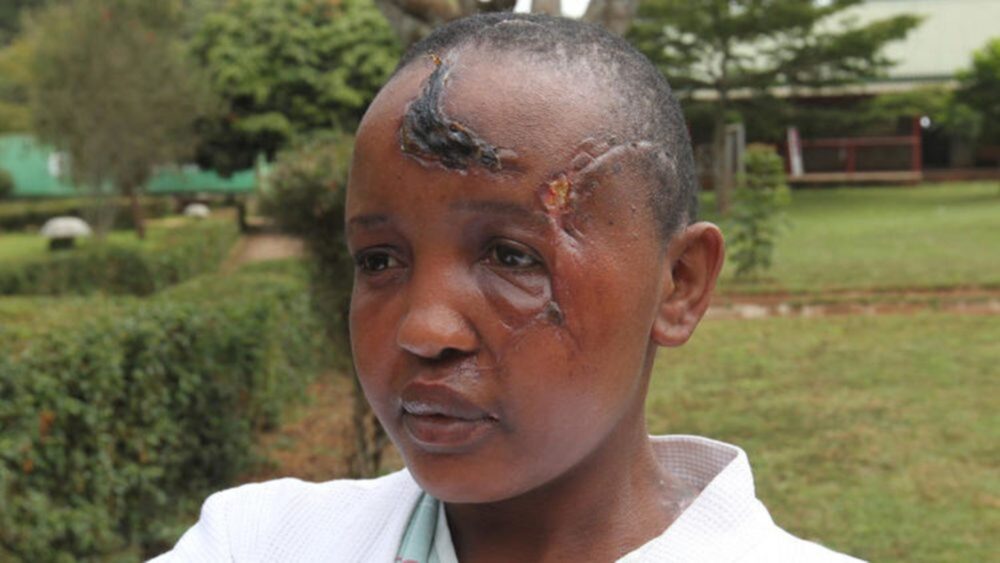Violence against women programme
Violence against women is a human rights violation, social justice and public health problem that touches every level of society in every part of the world.

From young girls to older women, one out of every three is beaten, coerced into sex, or otherwise abused in her lifetime. AHO studies show that intimate partner violence is the most common form of violence against women worldwide.
Violence against women poses serious consequences to women’s health and well-being. Studies have linked violence against women and girls to a host of physical and mental health problems. Certain high-risk behaviours are all significantly more frequent among victims of intimate partner and sexual violence.
The health sector can play a vital role in responding to and preventing violence against women. This role includes helping to identify abuse early, providing victims with treatment, and referring women to appropriate and informed care. The health sector must also work to prevent violence from ever taking place. And as the public health approach to prevention clearly stipulates, the first step in preventing violence is to understand it and the health sector has a key role in helping us to measure and understand violence against women.
Improving the health sector response to violence against women and violence against children.
Examples of efforts in this area include: — Supporting development and implementation of health sector clinical and policy guidelines — Assessing and providing technical support for development and implementation of national protocols for the health sector
Strengthening capacity for preventing violence against women and children. Examples of efforts in this area include: — Carrying out capacity building workshops on prevention of violence for policy makers — Supporting the evaluation of prevention initiatives
Improving the scope, quality, dissemination and use of data on violence against women and violence against children for evidence-based policy and programming. Examples of efforts in this area include: —Producing comparative estimates of prevalence, risk factors and health effects for countries in the region —Improving violence surveillance —Reviewing and synthesizing the evidence

